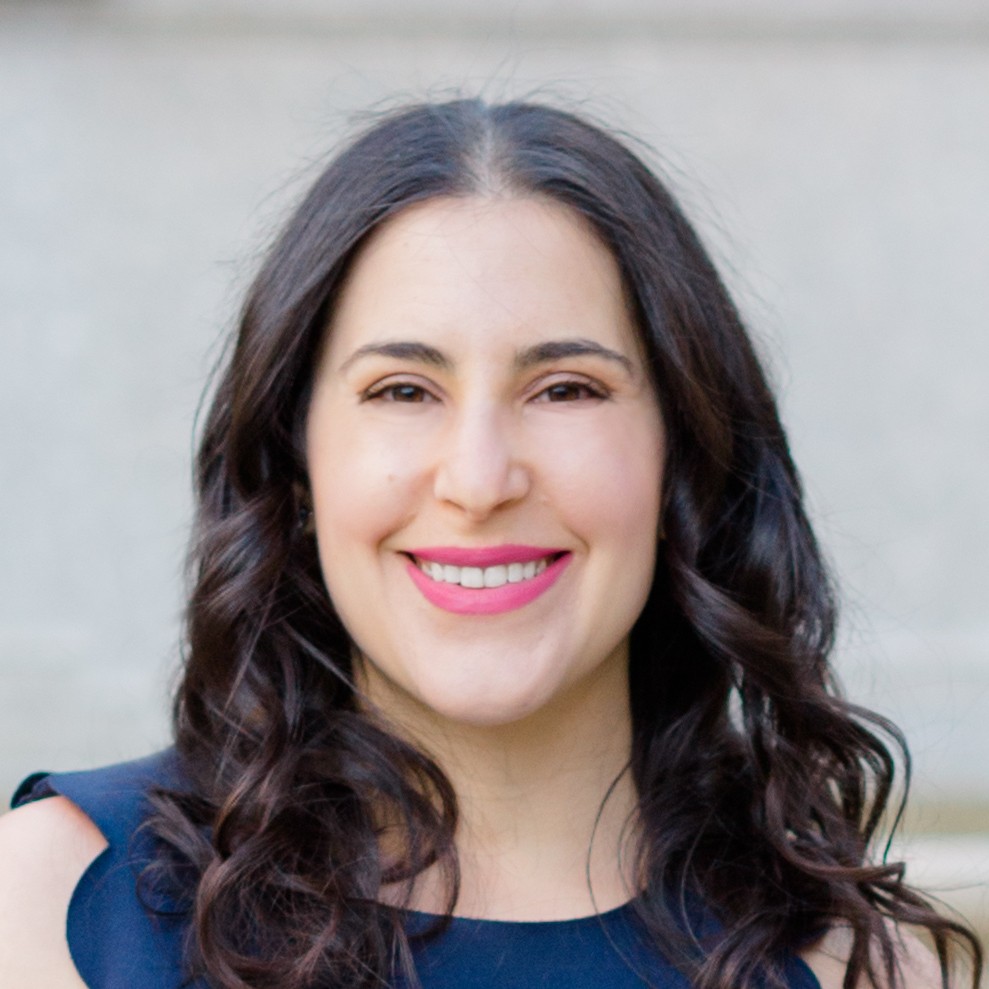What Are ETFs?
And why are "elder Millennials" pouring a record amount of money into exchange-traded funds? Read on to learn whether investing in ETFs is right for your wealth-building goals.


When it comes to facing financially turbulent times, millennials have seen it all. Events like the global recession of 2008 and the global pandemic of 2020 have left lasting impressions on how they save, invest, and prepare for the future.
This age group is also responsible for driving the explosive growth in ETFs over the last few years. As Kiplinger reports, ETFs make up nearly one-third of millennial investors’ portfolios. With typically lower fees, ETFs are a cost-efficient way to create a broadly diversified portfolio.
First, let’s sum up what an ETF is: An exchange-traded fund (ETF) is a collection of investments that trades on a stock exchange, such as the NYSE or NASDAQ. You can buy into an ETF that includes stocks, bonds, commodities, or a combination of all three, making it a good way to diversify your investment portfolio.
How do ETFs differ from mutual funds?
ETFs differ from mutual funds in three key ways.
- ETFs charge lower annual fees.
- ETFs have no initial investment minimums.
- ETFs trade like stocks—meaning you can buy and sell shares throughout the day. Mutual funds, meanwhile, can only be traded at market close.
How Do ETFs Work?
A fund provider owns the assets, creates a fund to track the performance of those assets, and sells shares in that fund to investors. The investors own a portion of the fund, but not the underlying individual assets in that fund.
In other words, with a click of a button, you can buy shares of an ETF that owns tens, hundreds, or thousands of investments in various industries (like an S&P 500 ETF), within a particular industry (like technology), or a specific sector (like U.S. industrials).
Why Invest in ETFs?
Some of the benefits were listed above when we compared ETFs and mutual funds. But let’s dig deeper.
Stay In The Know
Get exclusive access to fashion and beauty trends, hot-off-the-press celebrity news, and more.
- You can easily diversify your portfolio instead of buying each stock or bond individually; and it’s a simple and fast way to buy a combination of stocks, bonds, and commodities.
- You can typically pay a lower operating expense ratio (the fee the fund company charges to run the fund) than actively managed mutual funds.
- You only pay capital gains taxes when you sell the investment, whereas in mutual funds, you often need to pay annual capital gains taxes on your interest, making ETFs a more tax-efficient investment.
- You often pay lower average costs since you don’t need to buy each individual stock, bond, or commodity.
What Are the Downsides of ETFs?
ETFs often have low expenses because they are passively managed funds, and will therefore usually perform the same as the index or “market” they are designed to track, be it technology or real estate.
An actively managed fund, meanwhile, gives investors the opportunity to make strategic moves, offering a potentially greater opportunity to outperform benchmarks during down markets.
While ETFs boast lower fees, make sure to thoroughly evaluate these products and how they overall fit into your overall strategy.
How Do You Invest in ETFs?
Eager to get started? Follow these four steps:
- Step 1: Choose a brokerage trading platform. Your first step is to choose a brokerage trading platform such as Vanguard, Fidelity, Charles Schwab, or Robinhood. You may want to consider factors like the commission and fees, the services, the types of investments offered, and whether there is an account minimum. Look into whether the brokerage offers passively or actively managed ETFs or a combination. Passively managed ETFs track an index, sector, or commodity, whereas actively managed ETFs are managed by a portfolio manager and generally charge higher management fees.
- Step 2: Research ETFs. Next, you’ll look into the ETFs your brokerage firm offers to decide what you want to buy. You may want to consider the share price, asset class, and performance. If it’s relevant for the fund, consider the industry outlook and whether it’s an income or growth fund.
- Step 3: Purchase. Next, you’ll follow your brokerage firm’s instructions for buying shares.
- Step 4: Follow the fund. Check the fund’s performance to decide if you want to hold or sell. If you have a “sell” price in mind, you may be able to sign up to receive alerts if the shares hit or go below your target price.
Remember that just because ETFs are cheap doesn't mean you should buy them. Evaluate them based on which sectors or themes they focus on, how easy it is to buy or sell them, and whether it fits with your long-term investment strategy.
Your Complete Guide to Investing

The secret’s out: You can’t save your way to wealth. To build true wealth for yourself, you need to invest. Whether you need a 101 on investing for beginners or action plans to elevate your portfolio, money up with Marie Claire to boost your net worth.

I’m a journalist and the author of What Next?: Your Five-Year Plan for Life After College. The book, published by Simon & Schuster, teaches recent graduates how to create a five-year plan and offers actionable career, finance, wellness, and relationship advice to help them accomplish their goals.
-
 Fans Can't Stop Talking About This Rarely-Seen Royal After Easter Appearance
Fans Can't Stop Talking About This Rarely-Seen Royal After Easter AppearancePrince Edward and Duchess Sophie's son shocked royal watchers with his grown-up look on Easter.
By Kristin Contino
-
 Meghan Markle's White Easter Shirt Dress Is the Ultimate Spring Staple
Meghan Markle's White Easter Shirt Dress Is the Ultimate Spring StapleThe Duchess of Sussex wore a breezy button-down style to celebrate the holiday.
By Kristin Contino
-
 4 Brands the Fashion Crowd Is Shopping to Refresh Their Spring Wardrobes
4 Brands the Fashion Crowd Is Shopping to Refresh Their Spring WardrobesNew-in apparel, jewelry, and activewear from a few of our favorite brands.
By Natalie Gray Herder